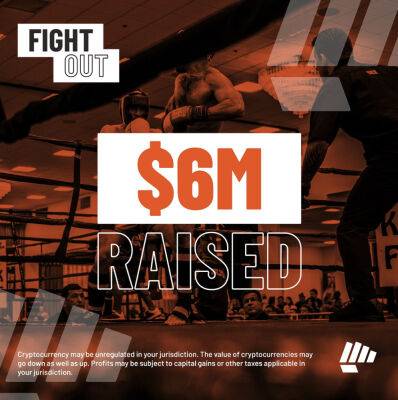Dollar's sharp recovery puts Bitcoin's $25K breakout prospects at risk
Bitcoin (BTC) investors reeling from the shock of recent cryptocurrency company failures and banking issues may face another potential problem: a recovering U.S. dollar.
Notably, the U.S. dollar index (DXY), which tracks the greenback's performance against a basket of top foreign currencies, has risen 4% from its Feb. 3 low of 100.82, amid anticipations that the Federal Reserve will continue raising benchmark rates to cool inflation.
An air of caution remains as fresh U.S. data shows a recession is not yet imminent.
That includes the latest jobless claims, which fell 2,000 to a seasonally adjusted 190,000 in the week ending Feb. 25, and stronger consumer spending in January.
Meanwhile, 90% of the U.S. manufacturers surveyed by Bloomberg complained about rising input prices despite the easing supply-chain problems.
While the problem is not as severe as during the pandemic, the survey shows inflationary pressure has not gone away despite the Fed's aggressive rate hikes.
"Recent data suggest that consumer spending isn’t slowing that much, that the labor market continues to run unsustainably hot, and that inflation is not coming down as fast as I thought," noted Fed Governor Christopher Waller, adding:
Bank of America Global Research anticipates the Fed to raise the interest rate to almost 6% from the current 4.5-4.75% range. Theoretically, it should renew investors' demand for the dollar by putting downside pressure on "riskier" assets like Bitcoin.
From a technical perspective, the U.S. dollar index looks poised to rise by more than 4.5% in the coming months due to the formation of a classic bullish reversal pattern.
Dubbed inverse-head-and-shoulders (IH&S), the pattern develops when the price forms three troughs below a common
Read more on cointelegraph.com





![Aave [AAVE] Price Analysis: 30 March - ambcrypto.com](https://gocryptonft.com/storage/thumbs_400/img/2023/3/30/92467_rfvey.jpg)











